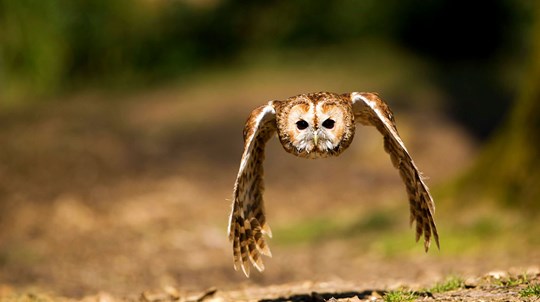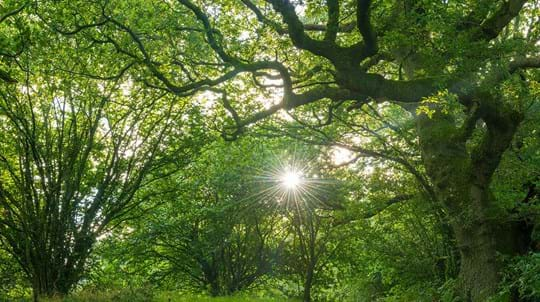
Credit: Tony cox / WTML
How do tree sparrows breed?
Tree sparrows mate for life, and nest in loose colonies. The breeding season takes places from May to mid-August. Adults build nests in the cavities of trees or nest boxes, using grass and twigs to form their somewhat messy nests. They are also known to nest in dense bushes. 2-3 broods are usually raised each breeding season, with around 5-6 eggs in each brood.









